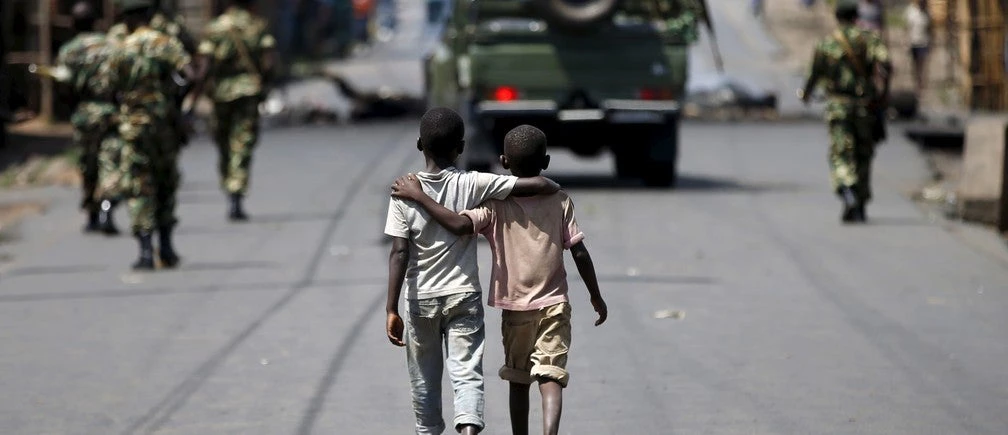
The threat of violent extremism formed a common thread through many discussions at the Fragility Forum this month. While certainly not limited to fragile settings, these areas experience a disproportionate burden of attacks and exploitation by extremist groups. If we are going to prevent further violence, our efforts have to focus there.
UN Deputy Secretary General Jan Eliasson noted this in his opening remarks, saying, “We must get better at stamping out the flames before they pose an existential threat. We must do more prevention and post-conflict work.”
If we are ready to get serious about prevention and response to violent extremism, we need a better understanding of why people and communities support extremist groups, and why they don’t. During the Forum, the panel “Violent Extremism: What we know, and what we don’t” helped shed light on some critical empirical questions.
Here are five things we learned:
1. Extremism is local: Though extremism makes international headlines and draws people across borders, it is, at the core, a local problem . As many analysts have pointed out, grievances are spread widely and thickly in many countries, but violent extremism only happens in some of these.
Today’s extremist groups, like their predecessors throughout history, understand that context matters deeply. They listen to public opinion, they learn languages and cultural practices, and they embed themselves in the fabric of communities, and therein lies their unique appeal: The ability to mine existing grievances and divisions, then communicate and compel followers in nationalist, not religious, terms. Recently, during a mission to Kenya, a Muslim leader working with youth returning from Al-Shabaab, told me that religion is the prism through which the political grievances are framed.
2. Perceptions and support of violent extremist groups can shift – often very quickly . Rebecca Wolfe of Mercy Corps presented opinion poll data collected before and after the former Iraqi Prime Minister’s resignation, showing that support for armed groups fell by 20 percent, while the percentage of those holding a favorable view of government increased 10 percent. The effect was especially strong among Sunnis. The fact that the international community played a strong role in this transition shows that encouraging governments to address deep-seated grievances can bear fruit, and quickly.
3. Money is only part of the story. People don’t join violent extremist groups for the money, most of the time . This is not to say that financial incentives offered by these groups aren’t attractive. They are, especially to people that are economically vulnerable, like widows or young people trying to make ends meet in a conflict zone.
Yet, overall, poor people tend to dislike violent extremist groups more than the wealthy. Jacob Shapiro, Associate Professor of Politics and International Affairs, Princeton University, presented findings from a study in Pakistan finding that poorer Pakistanis disliked all major violent extremist groups more than middle-class Pakistanis. Furthermore, when middle-class individuals were experimentally manipulated to feel relatively poorer, they were less likely to support violent militant organizations.
4. Jobs programs, while a good thing to do, don’t deter people from joining violent groups . Okay, so we have known for a while that there is no conclusive link between employment (or lack of it) and violence. Mike Gilligan, Associate Professor of Politics, New York University, pointed out – tongue-in-cheek - that an employment program would have been unlikely to sway George Washington and his army from their cause, extremist as it was in the 16th century.
5. Social networks both lure people into violent extremist groups and protect against them . If you were ever young, you know this intuitively; we tend to do what our friends are doing. For many of us, jobs provide that sense of social connection, but in fragile settings, or marginalized groups in other contexts, there are often few opportunities for meaningful self-expression. Gilligan pointed to his research in Nepal showing that militants showed more pro-social tendencies than their cohorts. Violent extremist groups know this well, and that’s why ISIS alone has at least 46,000[1] Twitter accounts with an average of 1,000 followers each.


Join the Conversation